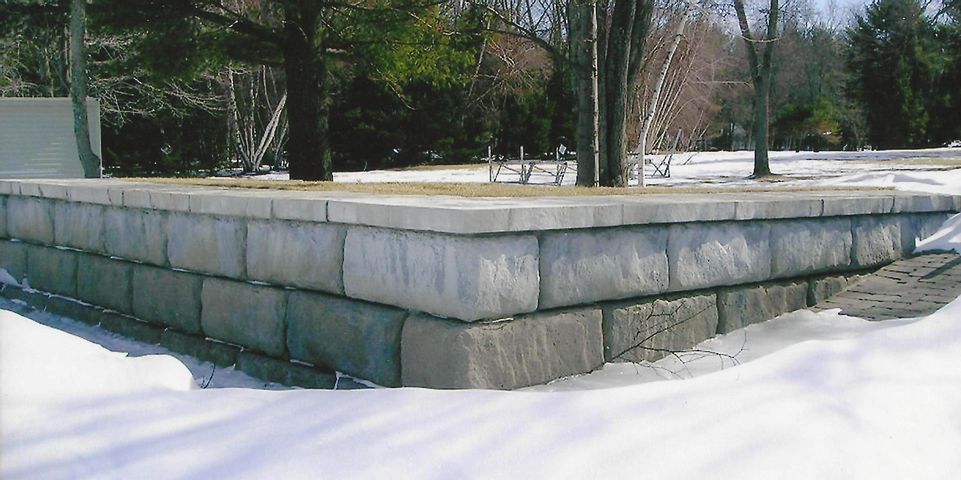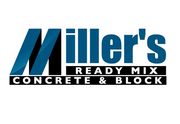HOW DOES FREEZE-THAW DAMAGE CONCRETE?

One of the most common causes of distress to concrete flatwork is freeze-thaw damage. We’ve all seen slabs were the surface has scaled or where aggregate particles have popped out on the surface. Here’s what causes that sort of damage.
1.Contrary to popular belief, concrete is not waterproof. Running throughout the paste portion of the concrete matrix is a network of pores and capillaries created as the concrete is setting by the migration of bleed water out of the concrete. Once the concrete is hardened, water can flow into the capillaries and pores. The rate at which this flow occurs depends on the density of the past. Higher quality (low water-cement ratio) concrete has fewer and smaller capillaries and pores.
2.When water freezes it expands 9% in volume. If the water is free to expand, then no problem, but if it is contained and not allowed to be free, it exerts incredible force on the walls of the container. We’ve all seen how frozen water can split a pipe or break a glass bottle. Concrete, with its low tensile strength, is no match for freezing water from within.
3.Most exterior concrete will become saturated to some depth whenever there is rain or melting snow. The more porous the concrete (lower quality concrete) the faster and deeper the water can penetrate into the capillaries and pores. During warm weather, that water creates no problems and even allows the cement to continue to hydrate. And if there’s only a little bit of water in the pores and capillaries, then the freezing water does no damage.
4.But in freezing conditions if the water fills the pores and capillaries (or soaks into porous aggregate), at what’s called critical saturation (about 91.7% full), then freezing can lead to damage. Remember that concrete has low tensile strength and freezing water pushing in all directions creates a lot of tensile force. Under these conditions, the water in the pores freezes and expands, creating tiny cracks that will then fill with water themselves and freeze, leading to more cracks—eventually we get concrete damage and surface spalling.
5.Entrained air is the solution to freeze-thaw damage. Entrained air is created in fresh concrete during mixing by adding a surfactant (basically soap) that foams up and creates millions of tiny bubbles with diameters of about 0.002 inches of one another and that this will allow the freezing water to migrate into the air bubbles instead of damaging the concrete.
Hope this was of interest to you.
About the Business
(33 reviews)
Have a question? Ask the experts!
Send your question

